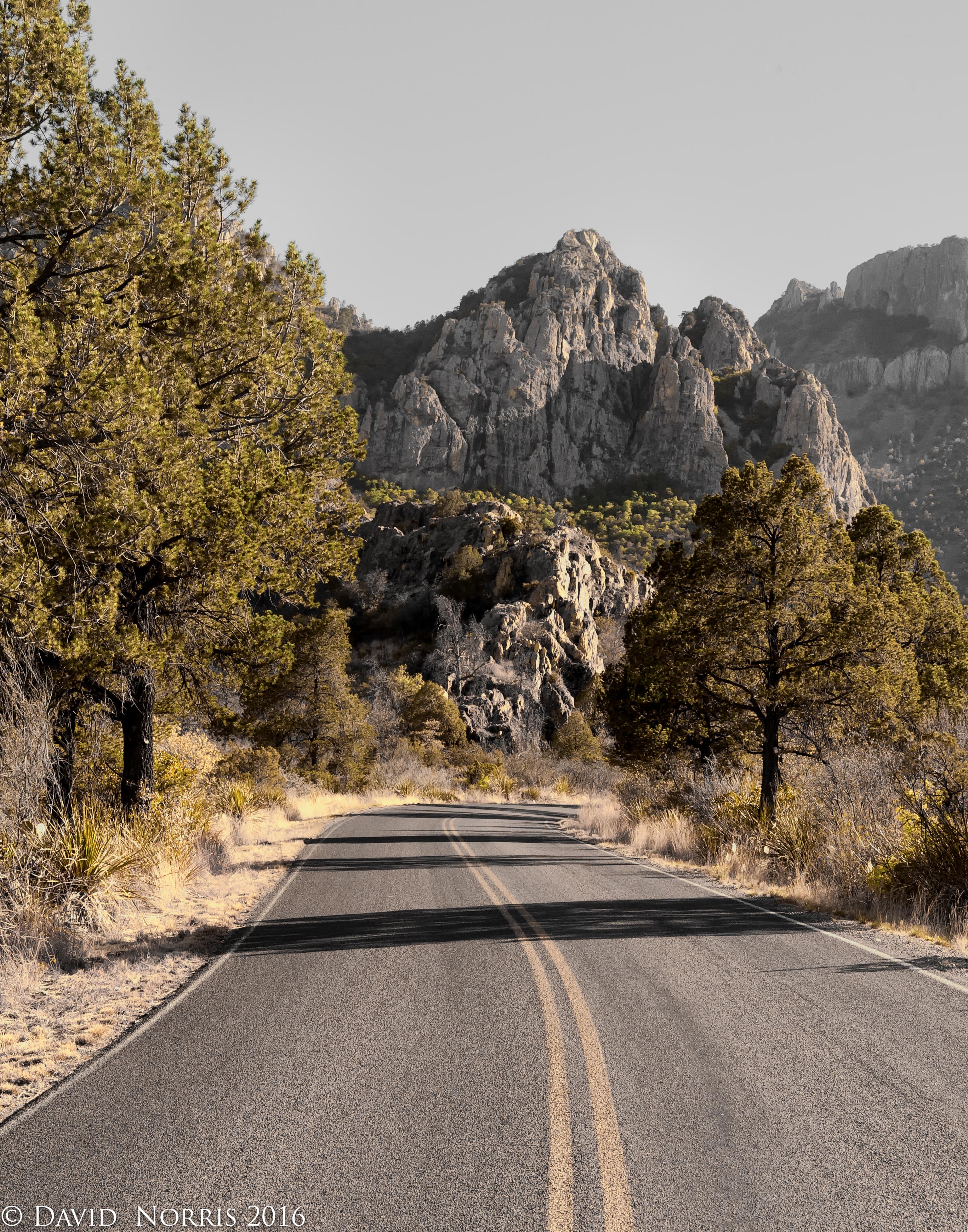In far southwest Texas a vast area known as Big Bend. This area is named for the vast curve of the Rio Grande River. Throughout the years people have passed trough this area, including Indian tribes, Spanish conquistadores, U.S. Soldiers, miners, ranchers, farmers, and many legendary outlaws and bandits. In the 1500’s several Indian tribes inhabited Big Bend – including the Chisos and the Juman, both were nomadic groups that traveled and traded throughout the region and in Mexico. During this time the explorers from Spain came in search of gold and silver. They were followed by Franciscan missionaries who establish centers in which the natives could be evangelized.
Many changes came in the 1800’s. The Apaches began to invade the area and displaced the Chisos Indians. The Comanche passed through the area frequently on their way to raids into the Mexican interior. At the end of the Mexican-Amercan War (1848), the U.S. Army began to survey the previously uncharted land of the Big Bend region. Outpost were established and Forts were built to protect settlers from Indian attacks. A large portion of the soldiers during this time were African-American and became know as buffalo soldiers, a name given to them by the Native Americans. Lieutenant Henry Flipper, who was the first African American graduate from West Point serve in Shafter, Texas during part of the time. In the 1880’s ranchers began to settle in the area raising sheep, goats, and cattle. Toward the end of the 1800’s and into the early 1900’s valuable mineral deposits were discovered that brought settlers to work in the mines. Many small settlements were established, including Terlingua, Boquilas, Abojo, San Vicente, La Coyota, and others.
In 33 the Texas Legislature passed legislation establishing Texas Canyons State Park. Later that same year the park was renamed Big Bend State Park. In 1935, The U.S. Congress passed legislation to enable the acquisition of the land for a national park. The state of Texas deed the land that it had acquired to the federal government, on July 1, 1944, Big Bend National Park was open to visitors. Big Bend is one of the most remote national parks in the U.S. There are more that 1200 species of plants, over 600 species of vertebrates, and close to 3,600 insects species (some to sting). There have been over 450 species of birds recored in the area, making it a popular birdwatching destination.
In 2012, the park was named as an international dark-sky park by the International Dark-Sky Association, which means that it is one of ten locations in the world certified for dark-sky stargazing. The area has the darkest measured skies in the lower 48 states. Most nights you can see thousands of stars, bright plants and the clear outline of the Milky Way band. This is something that everyone should experience!
Throughout the area there are many outdoor activities, including camping, hiking, canoeing/rafting and even golf at the Lajitas resort. There are many interesting towns to visit, Terlingua, Marathon, Marfa, Fort Parker, Alpine, and others. Many people cross over to Boquillas, Mexico. A must is a drive west from Terlingua to Persidio on FM170, the River Road. The road follows the Rio Grande and is often mention on may of the top sceenic drive in the U.S.
A park ranger there shared an interesting fact about Big Bend. He said that it was the least visited national park but had the highest percent of of return visits than any of the other national parks. Not sure it this is true but I do know I have been back…….and will go back again!
For my part I know nothing with any certainty, but the sight of the stars makes me dream……Vincent Van Gogh

